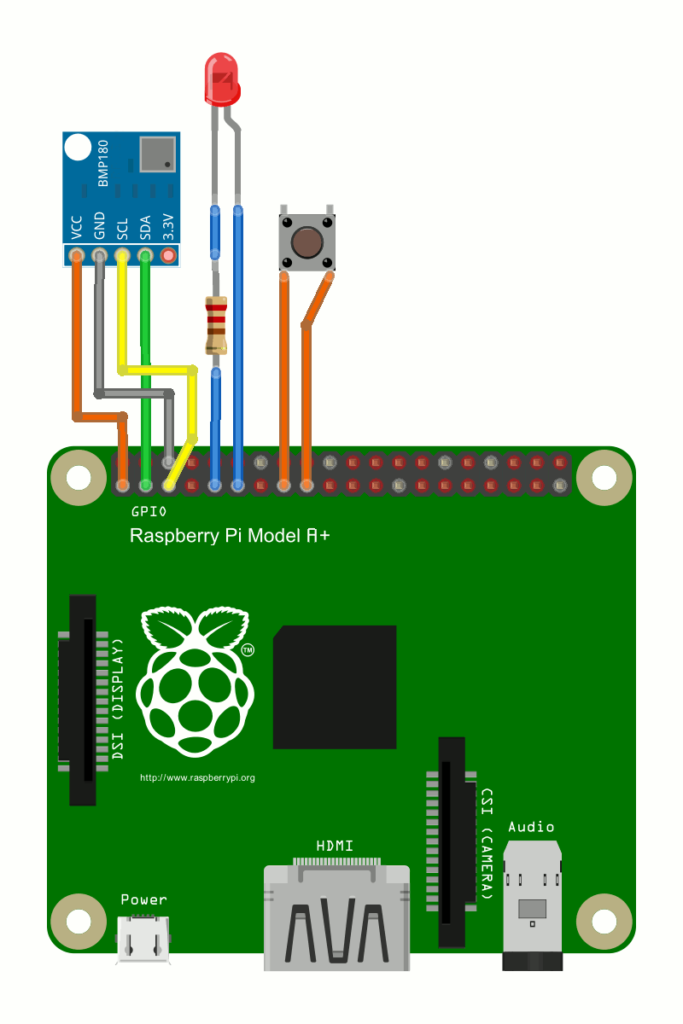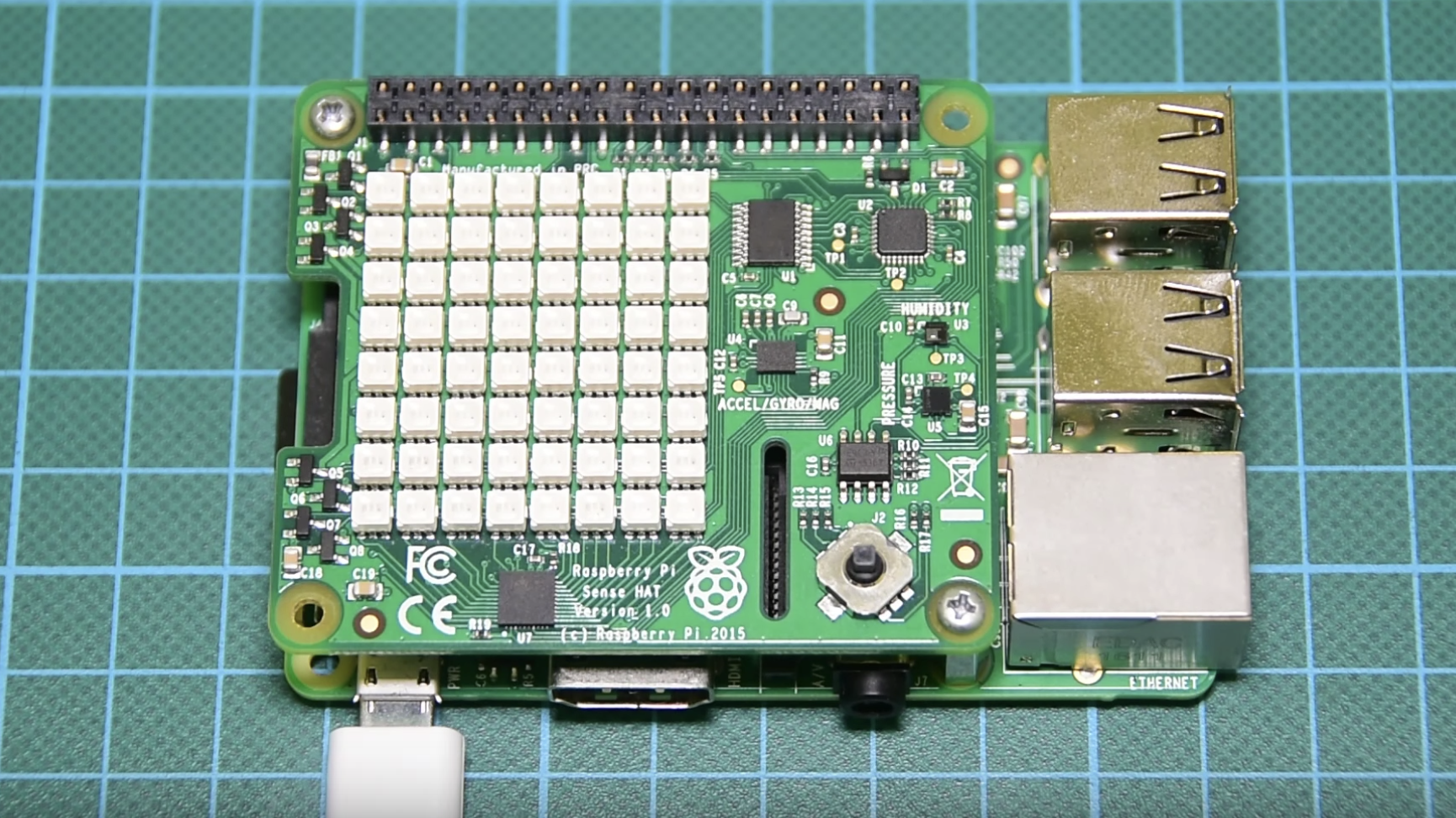

- #Raspberry pi temperature and light logger how to
- #Raspberry pi temperature and light logger install
- #Raspberry pi temperature and light logger 64 Bit
- #Raspberry pi temperature and light logger serial
- #Raspberry pi temperature and light logger code
I wish to use mqtt to get readings of the current temperature from a sensor in a raspberry pi. Lcd.write_string(“Temp: ” + read_temp_f() + unichr(223) + “F”) Reply Temp_f = (int(temp_string) / 1000.0) * 9.0 / 5.0 + 32.0 # TEMP_STRING IS THE SENSOR OUTPUT, MAKE SURE IT’S AN INTEGER TO DO THE MATH Temp_c = int(temp_string) / 1000.0 # TEMP_STRING IS THE SENSOR OUTPUT, MAKE SURE IT’S AN INTEGER TO DO THE MATH please check program and send me correction on my email.ĭevice_folder = glob.glob(base_dir + ’28*’)ĭevice_file = device_folder + ‘/w1_slave’


“””Accepts raw output of DS18b20 sensor and returns a tuple of temp in C and F. My first attempt at using more than 1 sensor.ĭevice_folder1 = glob.glob(base_dir + ’28*’)ĭevice_folder2 = glob.glob(base_dir + ’28*’)ĭevice_file1 = device_folder1 + ‘/w1_slave’ĭevice_file2 = device_folder2 + ‘/w1_slave’ Temp_f = str(round(temp_f, 1)) # ROUND THE RESULT TO 1 PLACE AFTER THE DECIMAL, THEN CONVERT IT TO A STRING Temp_f = (int(temp_string) / 1000.0) * 9.0 / 5.0 + 32.0 # TEMP_STRING IS THE SENSOR OUTPUT, MAKE SURE IT'S AN INTEGER TO DO THE MATH Temp_c = str(round(temp_c, 1)) # ROUND THE RESULT TO 1 PLACE AFTER THE DECIMAL, THEN CONVERT IT TO A STRING Temp_c = int(temp_string) / 1000.0 # TEMP_STRING IS THE SENSOR OUTPUT, MAKE SURE IT'S AN INTEGER TO DO THE MATH Once you have the library installed, you can run this program to output the temperature to an LCD display: import os
#Raspberry pi temperature and light logger install
PIP might already be installed on your Pi, but if not, enter this at the command prompt to install it:Īfter you get PIP installed, install the RPLCD library by entering: We’ll be using a Python library called RPLCD to drive the LCD. The RPLCD library can be installed from the Python Package Index, or PIP. This is a basic Python program that will output the temperature readings in Fahrenheit and Celsius to your SSH terminal: import osĭevice_folder = glob.glob(base_dir + '28*')ĭevice_file = device_folder + '/w1_slave'
#Raspberry pi temperature and light logger how to
If this is your first time running a Python program, check out our tutorial How to Write and Run a Python Program on the Raspberry Pi to see how to save and run Python files. The examples below are written in Python. Now you can run one of the programs below to output the temperature to an SSH terminal or to an LCD… Programming the Temperature Sensor That’s all that’s required to set up the one wire interface. Here the temperature reading is t=28625, which means a temperature of 28.625 degrees Celsius.ĩ.
#Raspberry pi temperature and light logger 64 Bit
This 64 bit address allows a microcontroller to receive temperature data from a virtually unlimited number of sensors at the same pin.
#Raspberry pi temperature and light logger serial
The DS18B20 also has an alarm function that can be configured to output a signal when the temperature crosses a high or low threshold that’s set by the user.Ī 64 bit ROM stores the device’s unique serial code. In parasite mode, only the ground and data lines are used, and power is supplied through the data line. Normally the DS18B20 needs three wires for operation: the Vcc, ground, and data wires. The DS18B20 can be operated in what is known as parasite power mode. The DS18B20 communicates with the “One-Wire” communication protocol, a proprietary serial communication protocol that uses only one wire to transmit the temperature readings to the microcontroller. Unlike analog temperature sensors, calculations are performed by the sensor, and the output is an actual temperature value. Most contain the temperature sensor, an analog to digital converter (ADC), memory to temporarily store the temperature readings, and an interface that allows communication between the sensor and a microcontroller. The voltage measurement is converted to resistance and then converted to a temperature value by the microcontroller.ĭigital temperature sensors are typically silicon based integrated circuits. In thermistors, changes in temperature cause changes in the resistance of a ceramic or polymer semiconducting material. Usually, the thermistor is set up in a voltage divider, and the voltage is measured between the thermistor and a known resistor. Analog Temperature Sensorsĭigital temperature sensors like the DS18B20 differ from analog thermistors in several important ways.
#Raspberry pi temperature and light logger code
It covers all of the steps, diagrams, and code you need to get started. BONUS: I made a quick start guide for this tutorial that you can download and go back to later if you can’t set this up right now.


 0 kommentar(er)
0 kommentar(er)
